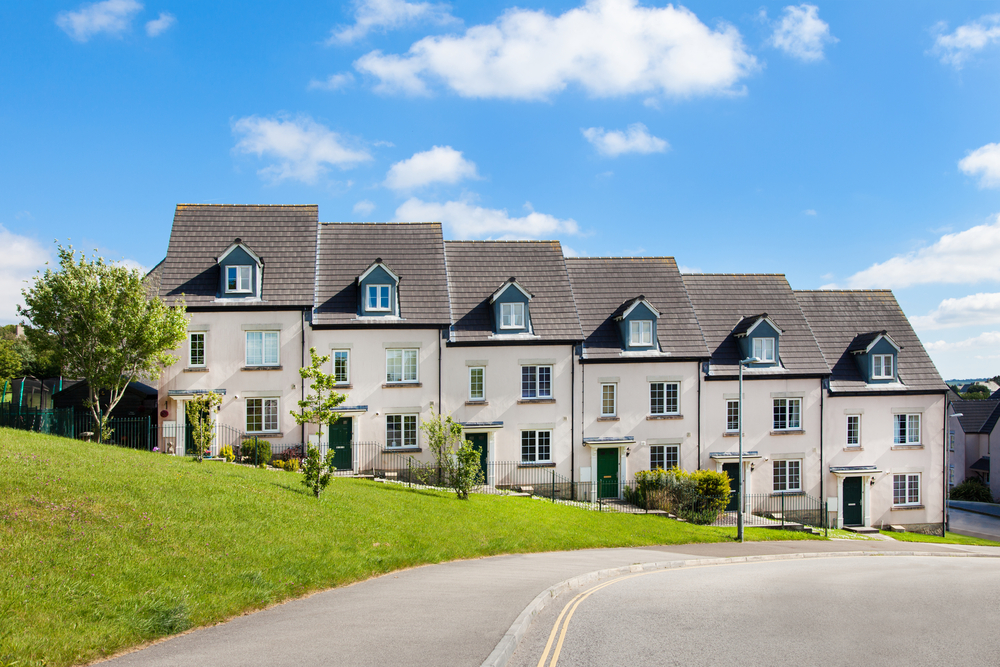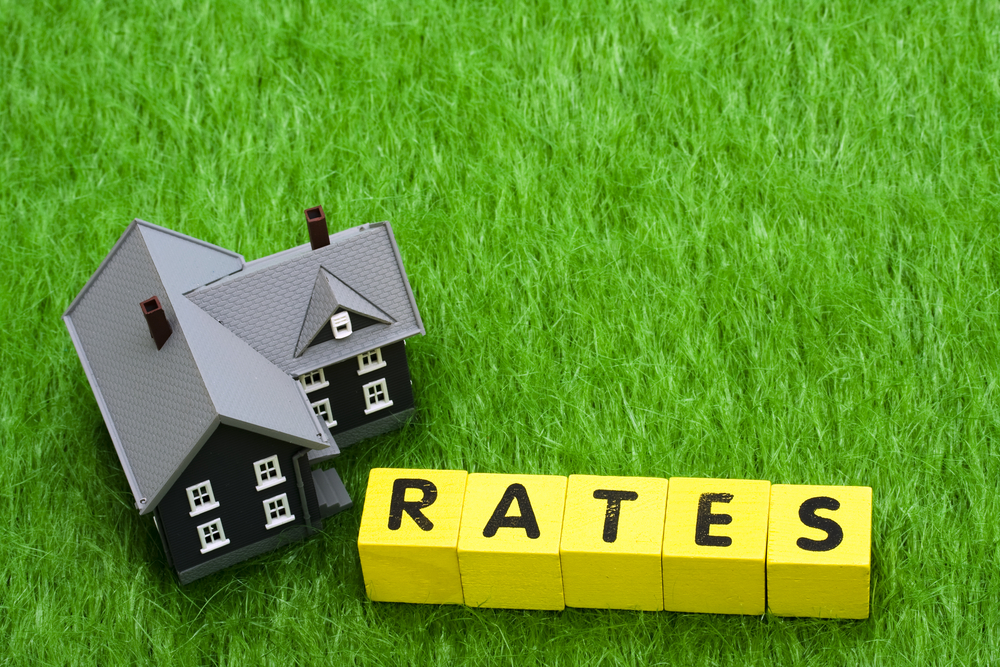
The building society’s monthly house price index recorded growth of 13.4% in June – the final month in which buyers could take advantage of the full stamp duty holiday before tapering was due to begin.
On a monthly basis there was a 0.7% increase – the third consecutive month-on-month rise, according to Nationwide. What’s more the prices in June were almost 5% higher in March demonstrating strong growth over Q2
Zoning in on the UK regions in more detail, Northern Ireland emerged as the area with the strongest growth and London was the weakest.
Robert Gardner, chief economist at Nationwide, said the strong growth was partly due to base effects, with June last year unusually weak due to the first lockdown. Yet, the market continued to show significant momentum.
“Regional data for the three months to June indicates that all parts of the UK saw an acceleration in annual house price growth “ he said.
Indeed, Northern Ireland and Wales saw the largest gains, at 14% and 13.4% respectively in Q2. By contrast Scotland saw the weakest rate of annual growth, at 7.1% closely followed by London at 7.3%.
Gardner said: “Despite the increase in house prices to new all-time highs, the typical mortgage payment is not high by historic standards compared to take home pay, largely because mortgage rates remain close to all-time lows – in fact, on this measure affordability remains broadly in line with its long run average.”
“However, house prices are close to a record high relative to average incomes. This is important because it makes it even harder for prospective first-time buyers to raise a deposit. For example, a 10% deposit is over 50% of typical first time buyer’s income. A potential buyer earning the average wage and saving 15% of take home pay would now take five years to raise a 10% deposit.
“The improving availability of mortgages for those with a small deposit (and the continued availability of the government’s Help to Buy equity loan scheme) is helping some people over the deposit hurdle, but it is still very challenging for most.”
Will the growth continue?
Gardner forecast a softening of this growth post-September when the stamp duty holiday ended completely. However, he thought the changing trend in housing preferences could help maintain the market after this although, in general, he felt the longer term out outlook was ‘harder to forsee’.
Danni Hewson, a financial analyst, at AJ Bell said employment would play an important role in prices going forward, as would government support measures.
She explained: “The X factor will be unemployment. How many people will still be in a job once the furlough scheme ends? How many mortgage holidays will result in quick sales?
“There’s no getting away from the fact that the next few months will be difficult for many people once support is withdrawn.
“And that stamp duty holiday, it has done what it set out to do, the question is was it needed at all and what impact will its end have on market conditions? When you look at Scotland’s muted growth you can see the legacy of a scheme’s end.
“There’s a lot for housebuilders to wrap their heads around, plans will need to be altered, both in terms of location and layout.
“And price – will people still be prepared to fork out ever increasing sums for their abode? With all those savings still sloshing around for those lucky enough to have kept working, the same people who could probably work from home and are now considering a move, the answer is probably yes, for now.”



